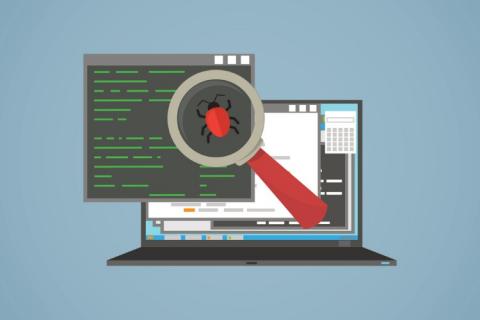A little bit about the vision of the WebGazer
To start with, idea of WebGazer came into existence from self-need. Maintaining multiple websites on different servers and not knowing the state of every one were problematic, especially when one of the websites somehow goes down and you learn it from the customer you maintain the website for or the user who shouldn't even notice the glitch in the first place.










